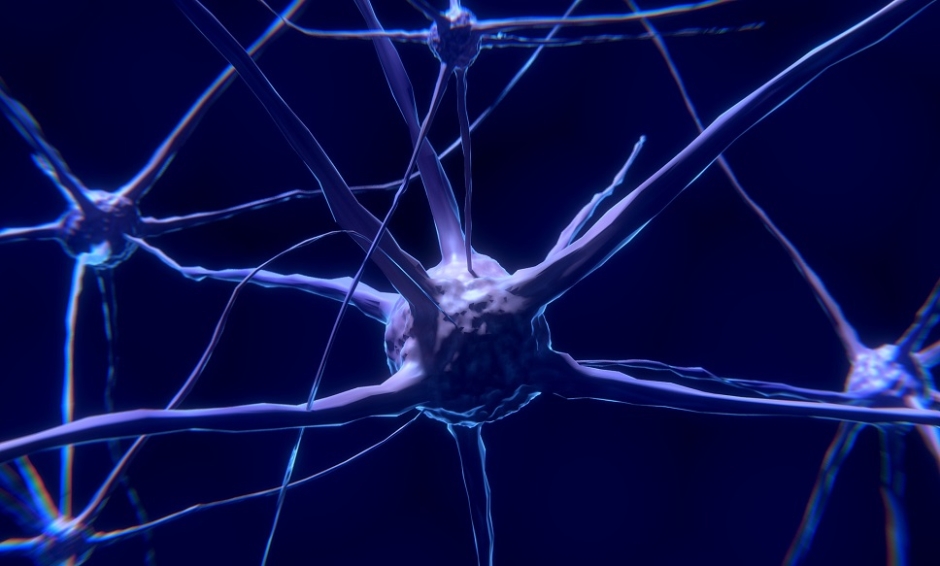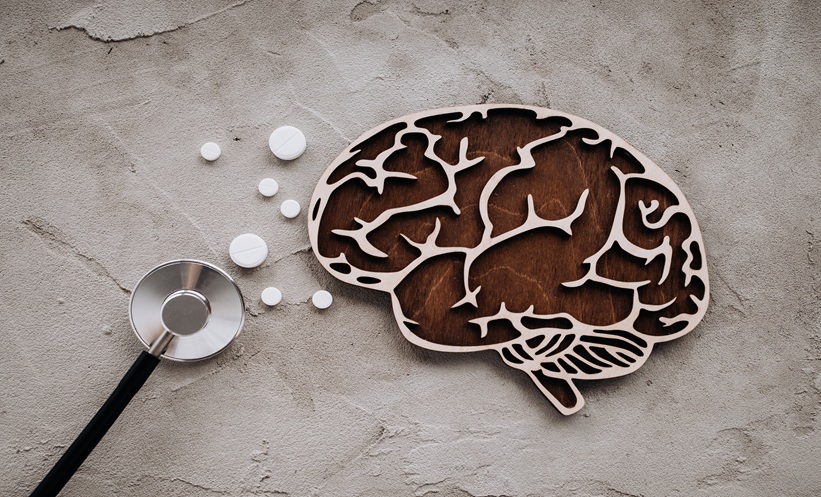A METHOD for helping to repair spinal cord injury by triggering nerve regeneration has been displayed by scientists at the University of Bristol, Bristol, UK. The team were able to transplant genetically modified cells that secrete a treatment enzyme called chondroitinase ABC (ChABC), which led to increased nerve sprouting in the spinal cord of rodents.
Olfactory Ensheathing Cells
Previous studies have shown that ChABC promotes nerve regrowth when injected as a drug treatment in experimental models of spinal cord injury. However, it quickly degrades at body temperature and repeated administration may be required to maintain efficacy. The researchers, led by Dr Liang-Fong Wong and Dr Nicolas Granger, Faculty of Health Sciences, University of Bristol, had previously shown that olfactory ensheathing cells could be genetically modified to secrete ChABC; they combined both treatments in the experiment, with the olfactory ensheathing cells used to express ChABC to treat rodents with spinal cord injury.
Successful Nerve Regeneration
Secretion of the ChABC enzyme and removal of some of the glial scar, which typically limits recovery by blocking nerve regrowth, successfully took place following the transplantation of cells in the rodent model. The resulting increase in nerve sprouting in the spinal cord was suggestive of successful nerve regeneration following the treatment.
Proof-of-Concept
The results provide an important proof-of-concept for this cell transplant method in rodents with spinal cord injury and could potentially be used to enable the cells to be more efficient at repairing the spinal cord. However, further study is required to prove efficacy of this strategy.
“While these results look promising, in order to determine the longer-term survival of our genetically modified cells and assess functional recovery, such as recovery of walking or recovery of continence, we need to carry out further studies to test these cell transplants in more chronic injury models,” commented Dr Wong.
Future Potential
The researchers hope that in the future the therapy will be applied to companion dogs that are naturally affected by spinal cord injury and remain paralysed, before eventually being utilised to treat humans with such an injury.
James Coker, Senior Editorial Assistant
For the source, and for further information about the study, please click here.








